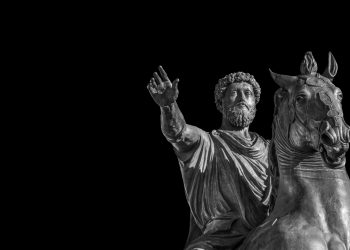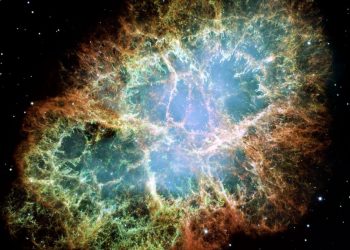Who would expect that one of the greatest unsolved mysteries of planet Earth is located in the nothingness of the Sahara Desert? Have you ever heard about the Richat Structure, commonly known as the “Eye of the Sahara“?
Due to its remarkable shape and beauty, it attracts the interest of both scientists and ordinary people. There are plenty of versions of the origin of this extraordinary geological phenomenon, but to this day, science cannot find a definitive answer to this mystery. Let’s figure it out ourselves.
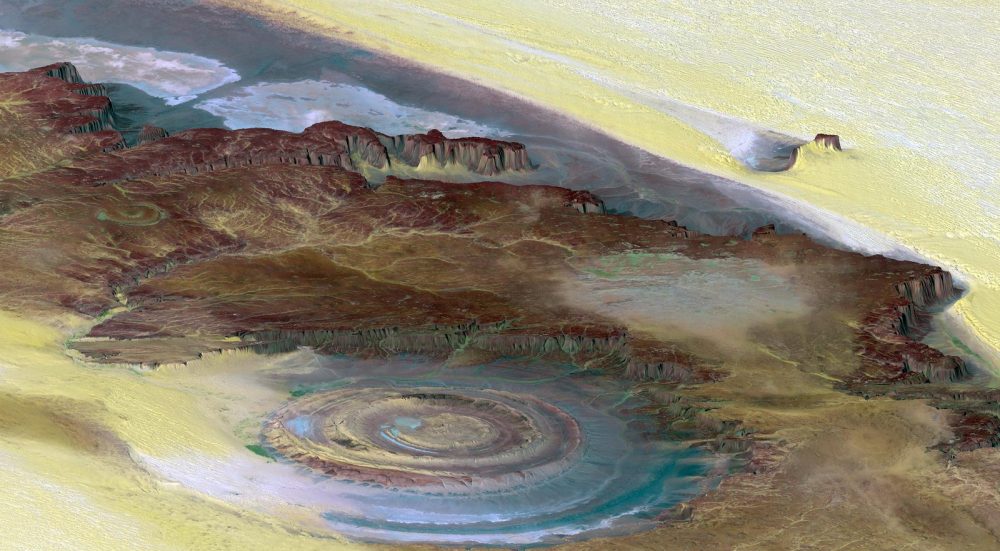
1. The Richat Structure measures more than 40 kilometers in diameter and consists of concentric circles of rock and other sedimentary rocks protruding from under the sand.
2. Many believe that it was discovered from space by the astronauts of the Gemini 4 mission. However, the object has actually been known since the 19th century, discovered by French geologists. Due to the limited options to assess the shape 200+ years ago, it did not attract much attention until the 60s of the last century.
3. A common hypothesis suggests that the Eye of the Sahara is what’s left of Atlantis. This theory is put forward by some authors of pseudoscientific books. Of course, they do not give any convincing arguments. This version contradicts both the data of archaeological excavations that did not find anything more serious on the territory of the structure than tools of the Early Paleolithic, and the primary source of the myth about Atlantis – the Dialogues of Plato.
4. Another theory suggests this was an ancient quarry for mining. This hypothesis would have at least some ground underfoot if the Richat structure was a depression. On the contrary, it represents the uplift of the earth’s crust – the so-called geological dome, and not a depression at all.
Not to mention that its dimensions are times larger than even the largest modern quarries. Moreover, it is located in the middle of the desert. Why would ancient people pick such a desolate and environmentally unfriendly location for a quarry? Third – archaeologists have not discovered any ancient structures made of gigantic stones in the area.
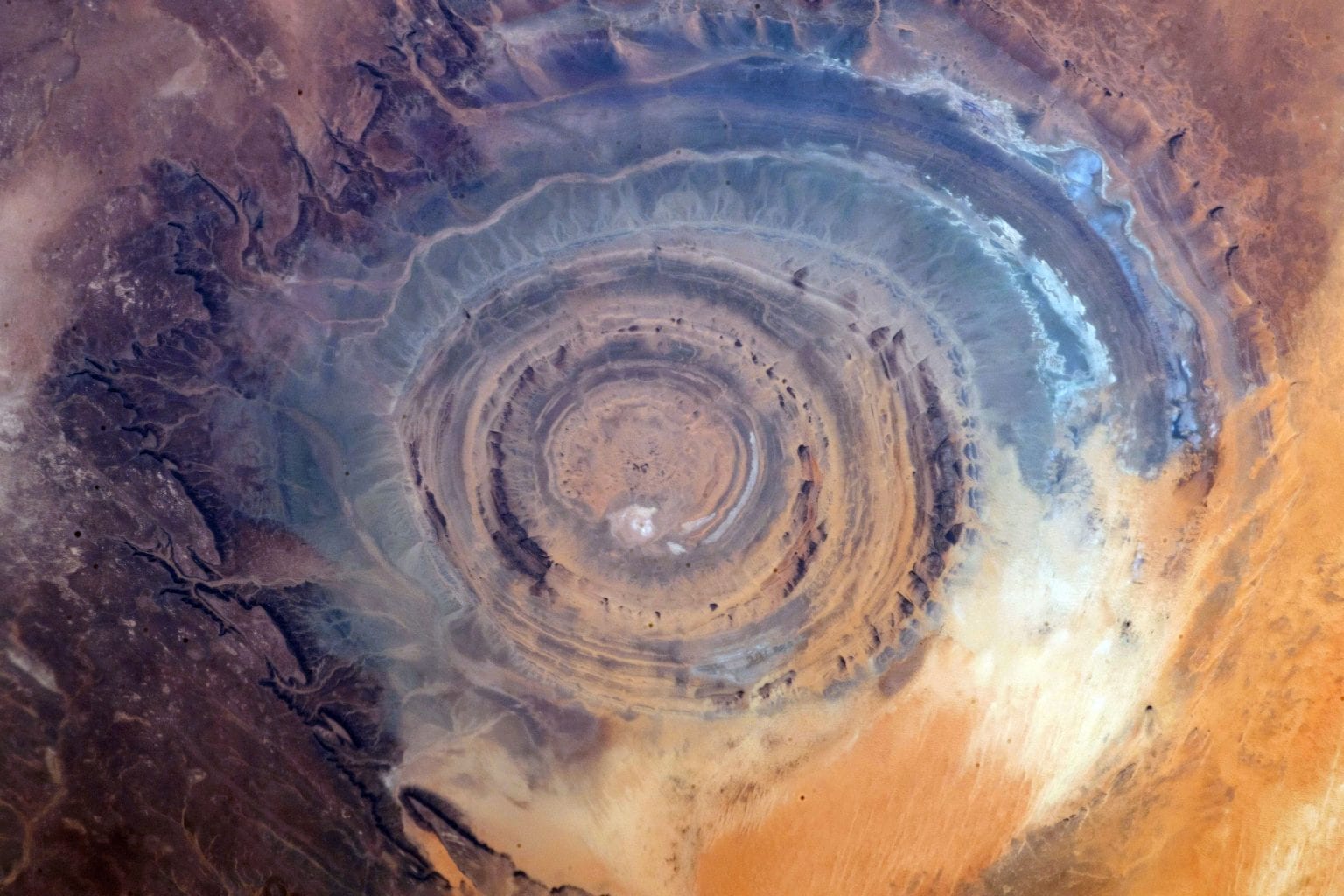
5. Landing place for alien ships? You know the drill – if it is round, mysterious, and impossible for science to explain, the answer is simple – flying saucers! There are those that suggest this as the landing location for ancient alien ships. Now, for the serious part, let’s move on to some more scientifically based hypotheses and facts.
6. The hypothesis that Richat is a crater from a meteorite fall was put forward immediately after it was noticed from orbit. The shape is too characteristic. Moreover, the Gemini-4 astronauts were looking for impact craters on the Earth’s surface, which may not be quite obvious when seen from the ground.
However, if Richat really were a crater, then geological rocks characteristic of impact craters would inevitably be found on its surface, but nothing similar was found. Therefore, this hypothesis was rejected as unconfirmed.
7. The result of a massive volcanic eruption? This hypothesis assumes that the Richat structure was formed as a result of an ancient volcanic eruption. In its favor is the fact that the surface of Richat really consists mainly of volcanic rocks. However, it is strange that there is no large volcanic eminence at the site of the proposed eminence. At the moment, most scientists believe this hypothesis is erroneous.
8. Modern concepts suggest that the Richat structure formed about 100 million years ago when the Pangea continent was torn apart into several continents. In fact, Richat is located in relative proximity to the separation of the South American and African plates.
Magma from the depths of the Earth, under what will become Richat in the future, began to break through to the surface, but the earth’s crust turned out to be too strong in this place, and therefore the magma only slightly raised it like a pimple on the surface.
This uplift is called a geological dome. As the vault of the dome rose, tensile fractures occurred in the uplifted earth’s crust. After all, the crust of the earth is not at all as elastic as the skin. These fractures were precisely in the form of concentric circles that formed the Richat structure. Further – the result of erosion and weathering over tens of millions of years.
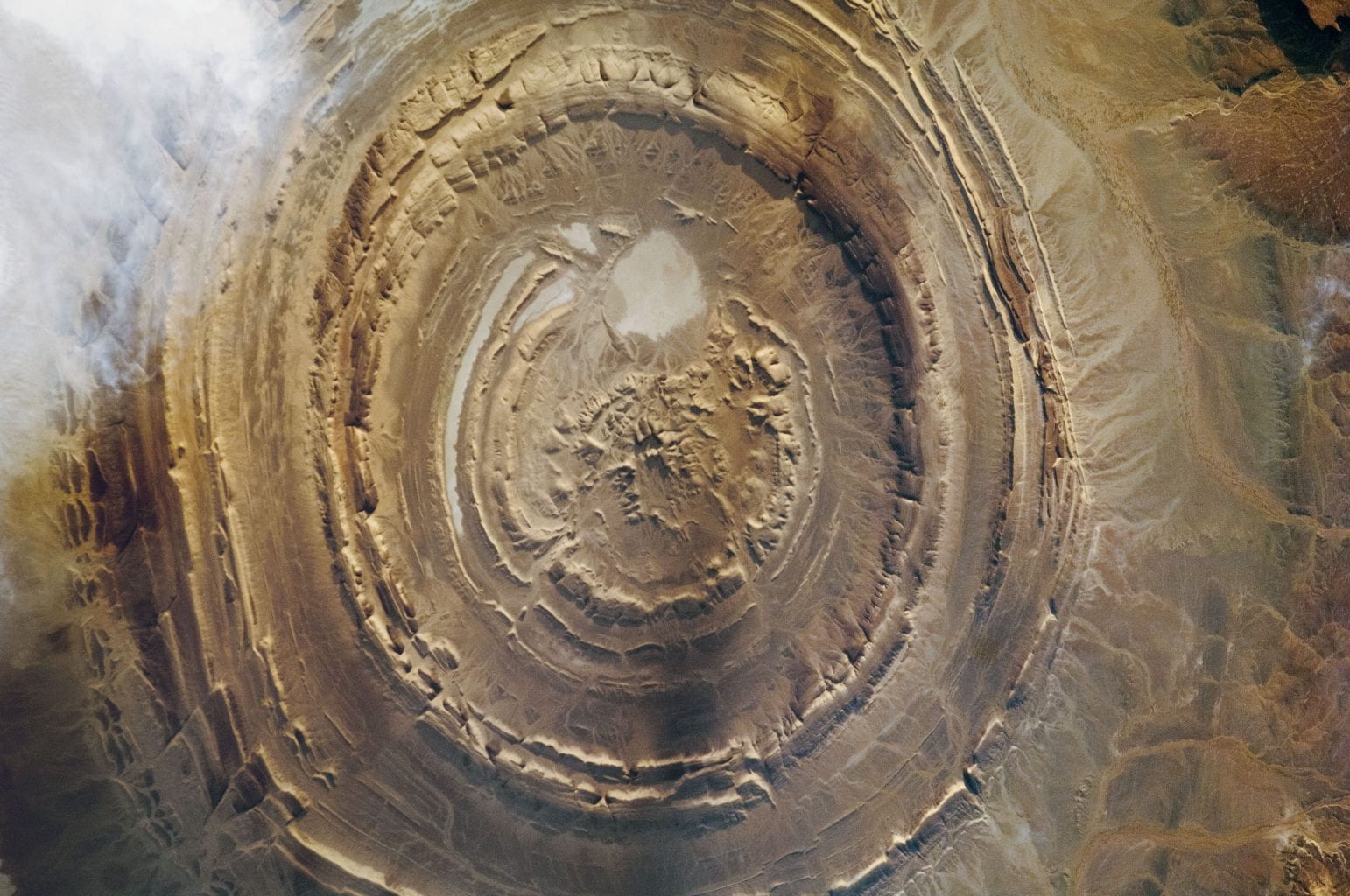
9. Archaeologists have discovered numerous Acheulean artifacts in the area of the Eye of the Sahara. There are several different sites located on the outer rings of the formation which suggests that it was not used for long. Perhaps ancient people used it to hunt or manufacture stone tools.
10. Although the Richat structure is located in a sparsely populated area and the threats of human destruction do not exist, scientists have other worries. Erosion and desert winds may eventually hide this fantastic geological formation from our eyes. If you have plans to visit Mauritania, go see this fantastic place before the Eye of the Sahara disappears under sand and dust.
Join the discussion and participate in awesome giveaways in our mobile Telegram group. Join Curiosmos on Telegram Today. t.me/Curiosmos
Sources:
• Petersen, C. (n.d.). The mysterious origins of the eye of the Sahara.
• Tapon, F. (2018, July 30). Going into the eye of the sahara – the richat structure.






